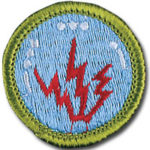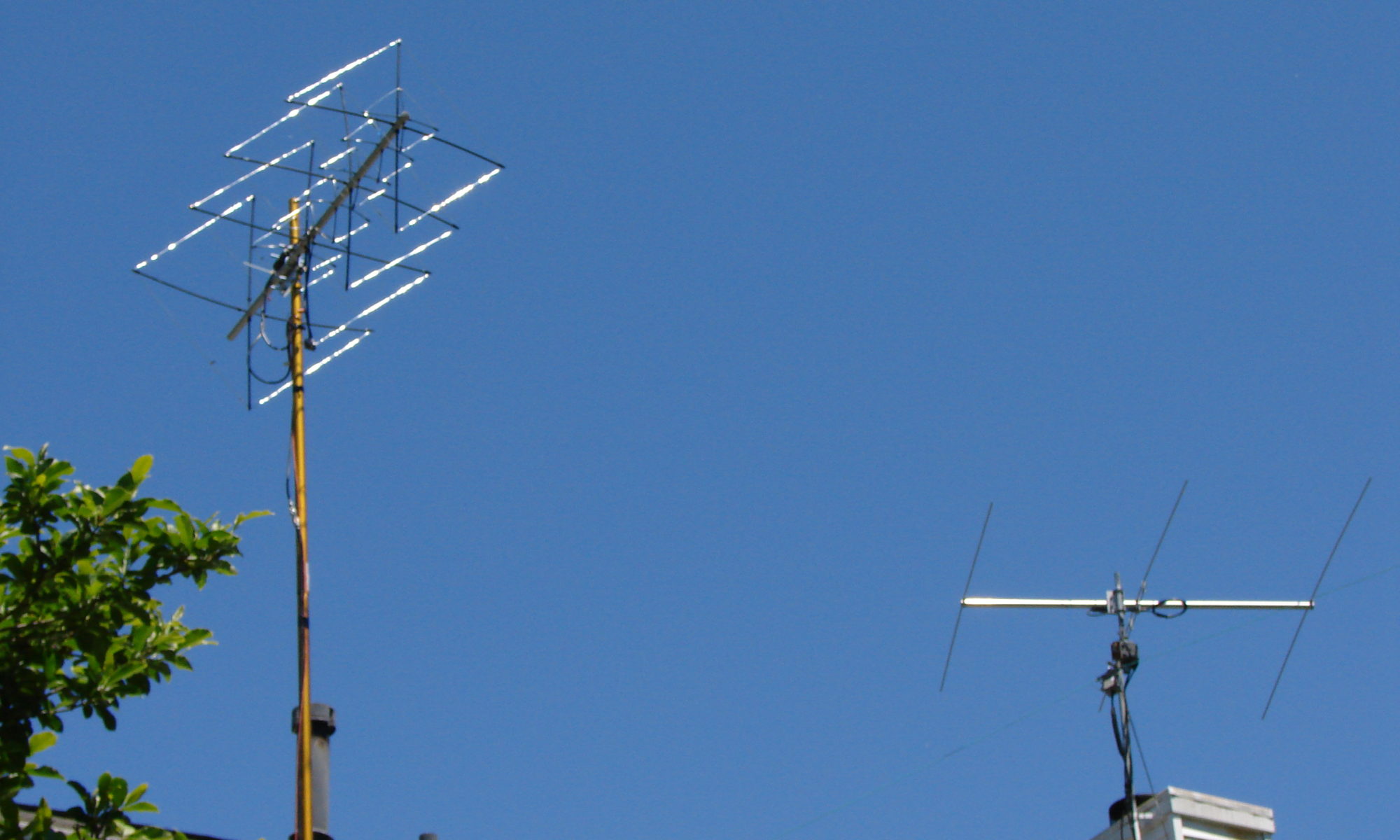 January 1st saw some updates to various Boy Scout requirements, including those for the Radio merit badge.
January 1st saw some updates to various Boy Scout requirements, including those for the Radio merit badge.
Most of the changes are clerical in nature, such as moving to its own item the requirement to explain how WWV can be used to determine propagation. For the Amateur Radio option, the requirement to have a 10-minute QSO was moved to the end of the item, to put it in more of a logical sequence and imply that the other requirements be done first, in order to give greater understanding to making the QSO. (The requirements can be done in any order, however, and Scouts who are licensed hams can submit evidence of QSOs already made.)
Perhaps the most significant update is the addition of a fourth option for the experiential requirement. Now, in addition to Amateur Radio, broadcast radio and shortwave listening (which now includes medium-wave as well), Scouts can opt to participate in a radio direction-finding exercise. This is an excellent option, especially since it still involves amateur radio but in a way that’s appealing to young people. It ties into the traditional Scout skills of orienteering, tracking and map reading, while incorporating modern technology and a bit of sleuthing.
Among the other changes are dropping the requirement to know components and draw their schematic symbols, since that’s covered in the Electronics merit badge already. The Amateur Radio option adds discussion of license classes and their differences, and the broadcast radio option discusses alternate delivery methods such as streaming and podcasting.
You can read a summary of the 2017 changes from the US Scouting Service Project website. And if you are interested in becoming a merit badge counselor and helping young people discover the magic of our hobby, contact your local Boy Scout council office.
